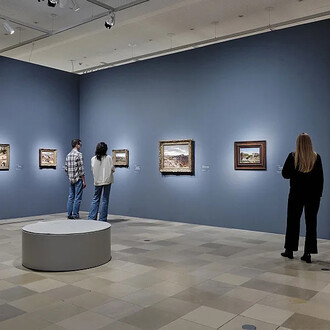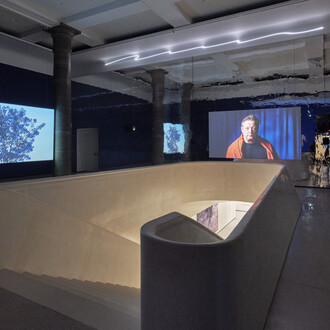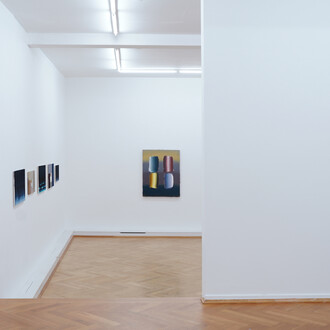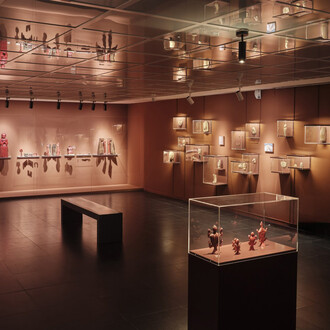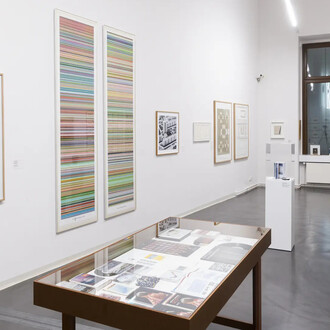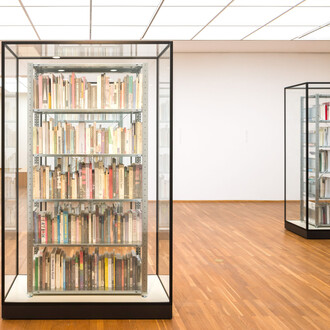For the great masters of Italian Baroque draughtsmanship, such as the brothers Agostino and Annibale Carracci, Guercino, Stefano della Bella and Gian Lorenzo Bernini, drawing was a central component of their artistic work. The Städel Museum is showing 90 remarkable Italian Baroque drawings from its own collection, inviting visitors to an intimate encounter with the artistic drawings of a bygone era.
In their drawings, the artists not only laid the foundations for their paintings, sculptures or prints, but also demonstrated the independence of the medium. Executed with pen and brush or black or red chalk, the sheets are sketches, studies or precisely rendered individual works. They impress with their sweeping lines, their dramatic chiaroscuro and their extraordinary expressiveness.
The fascination of the art of drawing lies in the diversity of its expressive possibilities. Visitors witness a creative process that ranges from the casual sketch to the fully elaborated work.
(Astrid Reuter, Curator and Head of Prints and Drawings before 1800, Städel Museum)
The 17th century was a time of change in Italy. Baroque art emphasized movement and dynamism, contrasts and the play of light and shadow. These characteristics can be seen not only in the paintings and sculptures, but also in the drawings of the period. The artists studied individual motifs, figural groups, postures, draperies and sequences of movement. They drew from nature, developed complex pictorial narratives and created designs for large-format works. The emotional spectrum of their depictions ranges from delicate and introspective to ecstatic, expressive and sometimes cruel. The works on paper were often the basis for paintings, sculptures or prints and refer to the exchange between artists and patrons. They are therefore not only an expression of individual artistic creativity, but also a reflection of larger cultural contexts.
(Curator: Astrid Reute)
Our museum founder Johann Friedrich Städel was a passionate collector of drawings—more than 4,600 drawings became part of the museum’s holdings. A large proportion of the Italian Baroque drawings presented in the exhibition come from his collection.
(Philipp Demandt, Direktor, Städel Museum)






